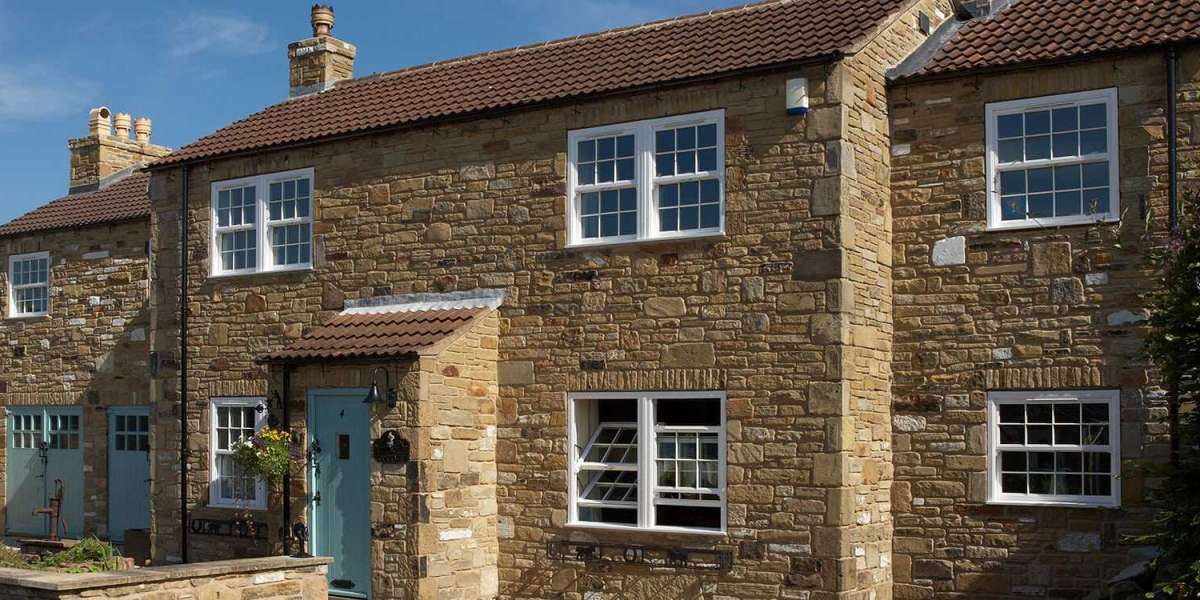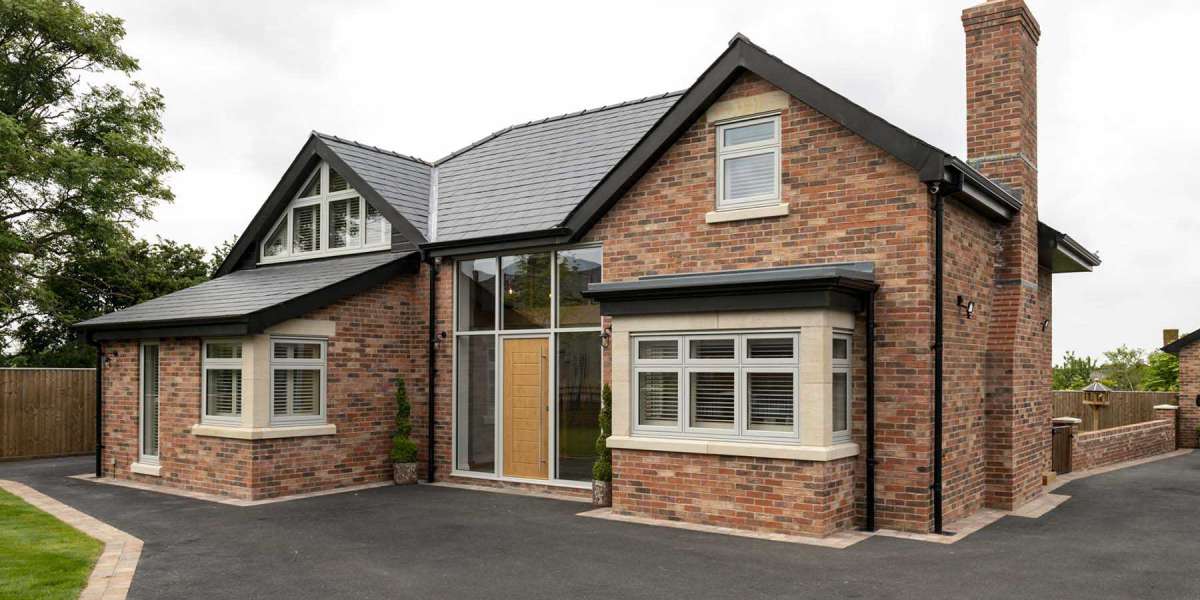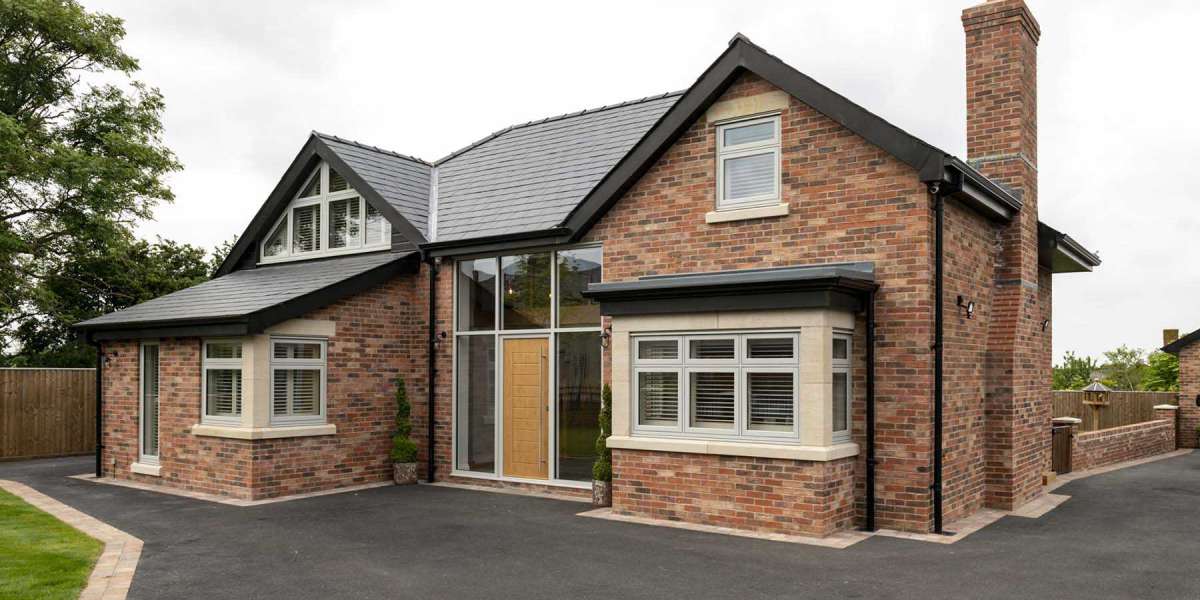In recent years, glass partitions have gained significant popularity in both commercial and residential architecture. These innovative design elements offer a range of benefits, including aesthetic appeal, flexibility, and functionality. This article delves into the various aspects of glass partitions, exploring their types, advantages, applications, and considerations for installation.
What Are Glass Partitions?
Glass partitions are non-load bearing walls made primarily of glass, used to divide spaces within a building. They can be framed or frameless and come in various styles and finishes, allowing for a multitude of design possibilities. Glass partitions are commonly used in offices, retail spaces, and even homes to create a sense of openness while providing privacy and sound insulation.
Types of Glass Partitions
- Framed Glass Partitions: These consist of glass panels held in place by a frame, typically made of aluminum or steel. The framing provides structural support and can be customized in various colors and finishes, making it a versatile choice for many interior designs.
- Frameless Glass Partitions: As the name suggests, these partitions lack a visible frame, creating a seamless and modern look. They are often used in high-end commercial spaces and residential interiors where aesthetics are a priority.
- Sliding Glass Partitions: These partitions can slide open and closed, allowing for flexible space usage. They are ideal for areas that require adaptability, such as conference rooms or exhibition spaces.
- Movable Glass Partitions: Similar to sliding partitions, movable glass partitions can be reconfigured as needed. They are often used in dynamic environments where space requirements change frequently.
- Smart Glass Partitions: This innovative option features glass that can change opacity at the touch of a button, providing privacy on demand. Smart glass partitions are becoming increasingly popular in modern office designs.
Advantages of Glass Partitions
- Natural Light: One of the most significant benefits of glass partitions is their ability to allow natural light to flow through a space. This can enhance the overall ambiance, reduce the need for artificial lighting, and contribute to a healthier work environment.
- Aesthetic Appeal: Glass partitions add a contemporary and elegant touch to any interior. They can make spaces appear larger and more open, creating a visually appealing environment.
- Flexibility: Glass partitions offer flexibility in design and layout. They can be easily reconfigured or removed, making them an excellent choice for businesses that anticipate changes in their spatial needs.
- Sound Insulation: While glass is not typically associated with soundproofing, modern glass partitions can be designed with sound-dampening materials to minimize noise transfer between spaces. This is particularly beneficial in office settings where concentration is key.
- Easy Maintenance: Glass surfaces are relatively easy to clean and maintain compared to traditional wall materials. A simple wipe-down with glass cleaner is often all that is needed to keep them looking pristine.
- Sustainability: Many glass partition systems are made from recyclable materials, and their ability to utilize natural light can lead to energy savings. This makes them an environmentally friendly choice for modern architecture.
Applications of Glass Partitions
- Office Spaces: Glass partitions are widely used in modern office designs to create private meeting rooms, collaborative workspaces, and executive offices. They promote transparency and communication while providing necessary privacy.
- Retail Environments: In retail settings, glass partitions can be used to create distinct areas within a store without obstructing visibility. This can enhance customer experience by allowing shoppers to see various sections of the store.
- Healthcare Facilities: Glass partitions are increasingly used in healthcare settings, such as hospitals and clinics, to create patient rooms and waiting areas. They help maintain a clean and sterile environment while allowing for visibility and light.
- Hospitality: Hotels and restaurants utilize glass partitions to define dining areas, lounges, and private event spaces. The use of glass can enhance the overall guest experience by creating an open and inviting atmosphere.
- Residential Spaces: Homeowners are also embracing glass partitions to create open-concept living areas, separate home offices, or to enhance natural light in their homes. They can be used in various areas, including kitchens, living rooms, and bathrooms.
Considerations for Installation
- Building Codes and Regulations: Before installing glass partitions, it's essential to check local building codes and regulations to ensure compliance. This includes fire safety standards, structural integrity, and accessibility requirements.
- Professional Installation: Given the complexity of glass partition systems, professional installation is recommended. This ensures that the partitions are securely mounted and meet safety standards.
- Cost: While glass partitions can be an investment, their long-term benefits often outweigh the initial costs. It's essential to budget for installation, materials, and any necessary maintenance.
- Design Integration: When planning for glass partitions, consider how they will integrate with the overall design of the space. This includes color schemes, furniture placement, and the flow of movement within the area.
- Privacy Needs: Depending on the intended use of the space, it may be necessary to incorporate frosted or tinted glass to ensure privacy. Assess the specific needs of the environment to determine the best solution.
Conclusion
Glass partitions are a versatile and aesthetically pleasing solution for modern architecture, offering numerous benefits for both commercial and residential spaces. Their ability to enhance natural light, provide flexibility, and create a sense of openness makes them an attractive choice for many designers and architects. As the demand for innovative and sustainable design continues to grow, glass partitions are likely to remain a popular choice in the evolving landscape of architecture. Whether in an office, retail environment, or home, these transparent barriers are redefining how we think about space and design.








